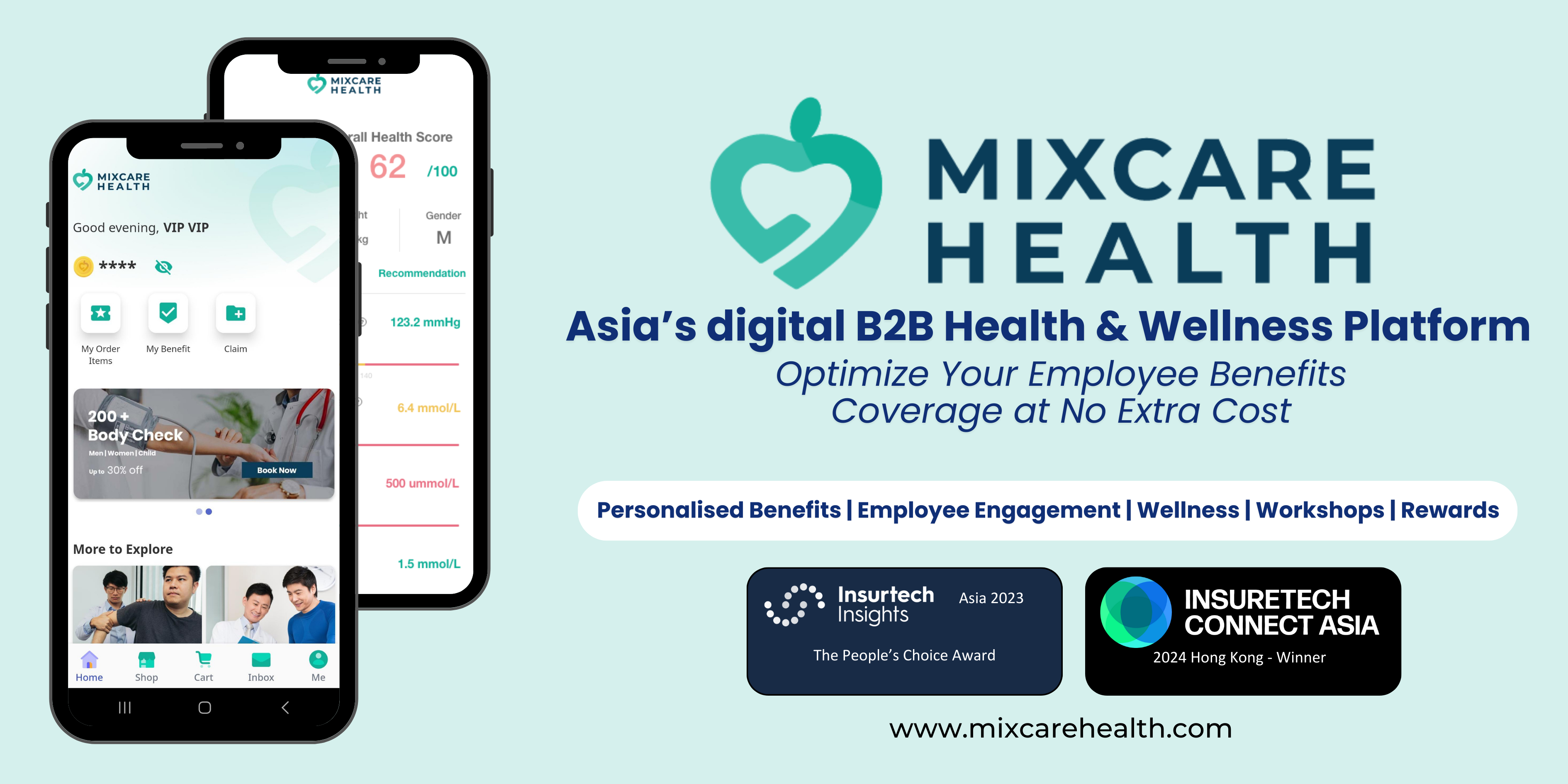12/05- 19/05/2025 Hong Kong HR Trends & Workplace Insights – Weekly HR Newsletter 每週人力資源新聞速覽
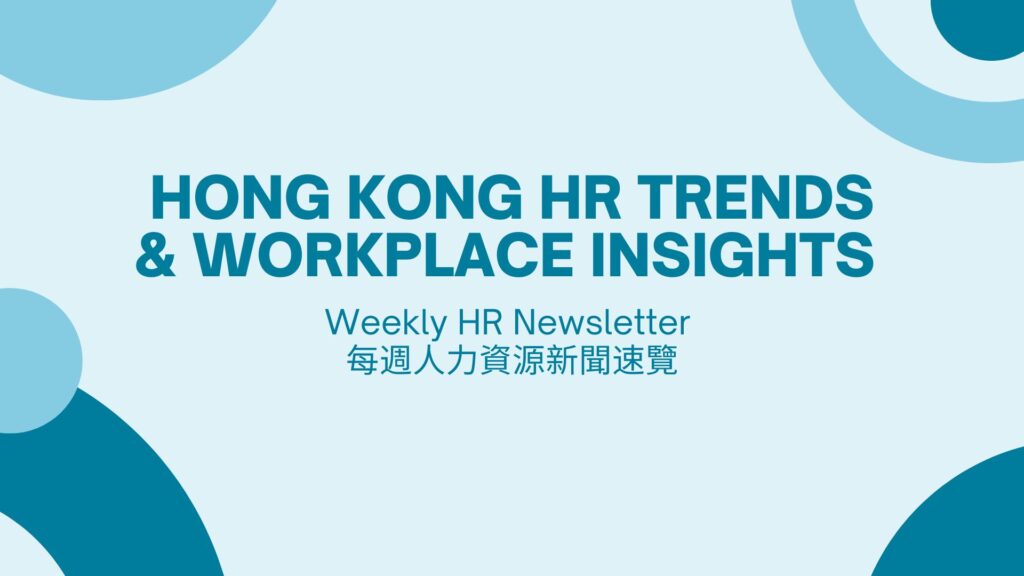
1. Citi to Cut Up to 200 Tech Contractor Roles in China

One-Minute Summary
Citigroup will cut up to 200 tech contractor roles in mainland China as part of an effort to improve risk governance and reduce third-party dependency. The cuts follow a US$136 million penalty from U.S. regulators for failing to upgrade risk and data systems. While contractor roles are being phased out, Citi also plans to boost its full-time global tech workforce to 50,000. The move reflects a shift toward greater internal control, compliance, and long-term talent development.
3 Main Takeaways
- Up to 200 IT contractor roles will be eliminated in China, with a shift toward internal staffing.
- This is part of a broader response to regulatory fines tied to data governance.
- Despite the cuts, Citi plans to expand its global full-time tech workforce.
Implications to HR
- Expect rising pressure to reduce contractor reliance—HR must design full-time tech career paths that are attractive and growth-focused.
- Shifts like this require collaboration with compliance and IT to co-develop hiring frameworks that align with governance needs.
- This is a chance to redefine how tech roles are integrated into long-term workforce planning, with a renewed focus on internal trust and upskilling.
What this means for you:
HR must now balance agility with accountability. Contractor models may offer speed, but internal capability offers control. As regulators scrutinise how talent impacts risk, HR has a critical role in building secure, compliant, and future-proof teams. This is the time to formalise career development for tech talent, aligning it with both growth and governance.
Source: Reuters
2. Shenzhen’s Visa-Free Boom Signals Greater Bay Integration
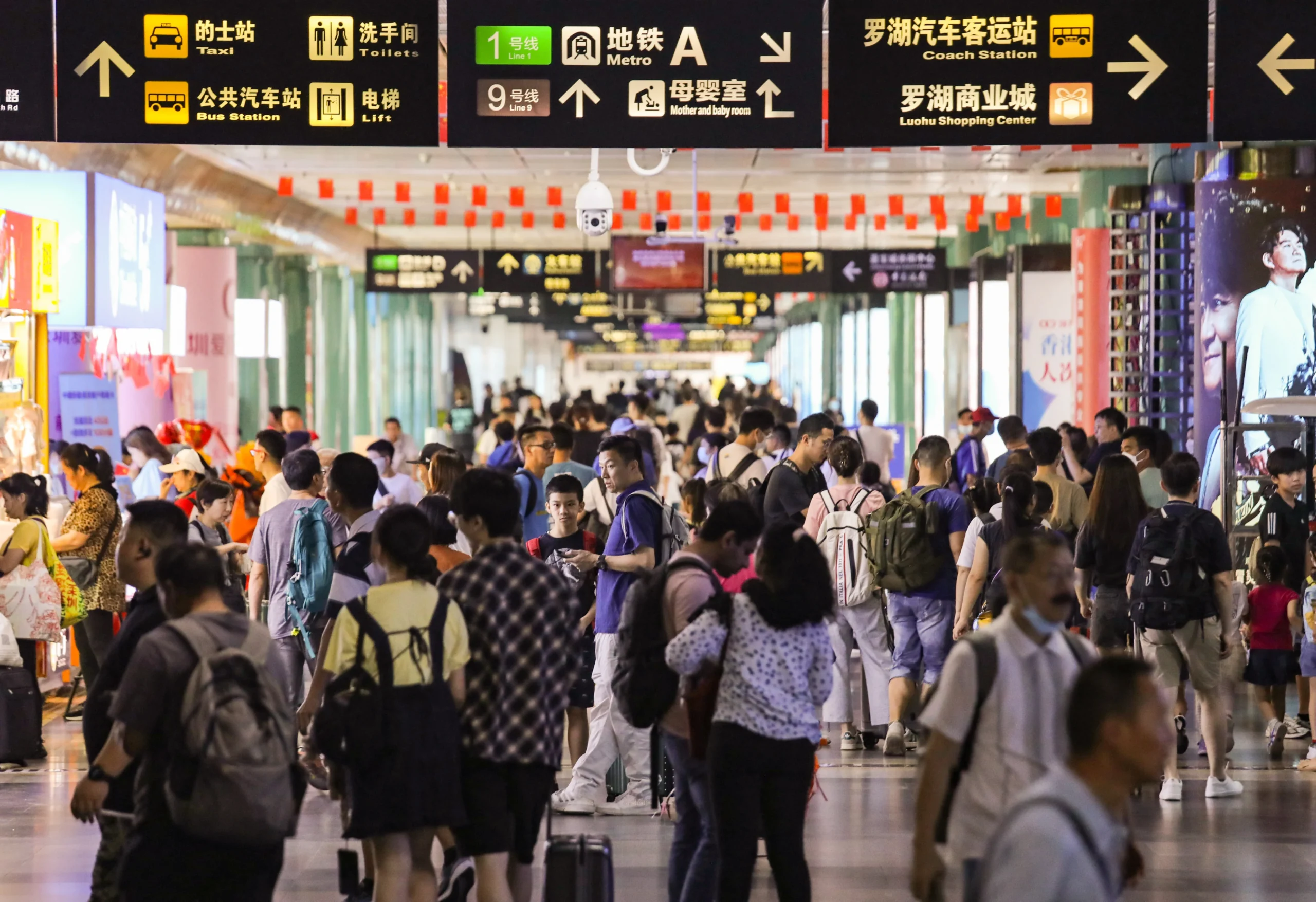
One-Minute Summary
Visa-free entry to Shenzhen for foreign nationals has surged by 160% in 2025, with over 152,000 arrivals recorded as the city opens its borders to more business and tourist travel. Key visitor countries include Malaysia, South Korea, Japan, and Vietnam. The city has also expanded flight routes and airport infrastructure. This trend indicates growing cross-border engagement between Shenzhen and neighbouring cities—including Hong Kong—under the Greater Bay Area (GBA) strategy.
3 Main Takeaways
- Visa-free entries to Shenzhen have risen 160% YoY, with regional talent flow increasing.
- The GBA strategy is accelerating inter-city collaboration between Shenzhen, Hong Kong, and other economic hubs.
- Travel infrastructure and business connectivity are being enhanced to support integration.
Implications to HR
- This opens new doors for talent exchange and short-term cross-border placements—HR should consider GBA mobility policies.
- Firms should explore remote/hybrid working policies that span both Hong Kong and Shenzhen.
- Cross-border recruiting and shared talent pools are now more viable and strategically useful than before.
What this means for you:
The Greater Bay Area is no longer a policy—it’s a workforce opportunity. Hong Kong HR teams should move beyond borders, building recruitment and secondment models that reflect regional integration. Visa-free mobility enables faster placements, cross-learning, and expanded sourcing. Be the HR leader who operationalises the GBA—not just reports on it.
Source: SCMP
3. Chinese Companies Ease Off “996” Overtime Culture
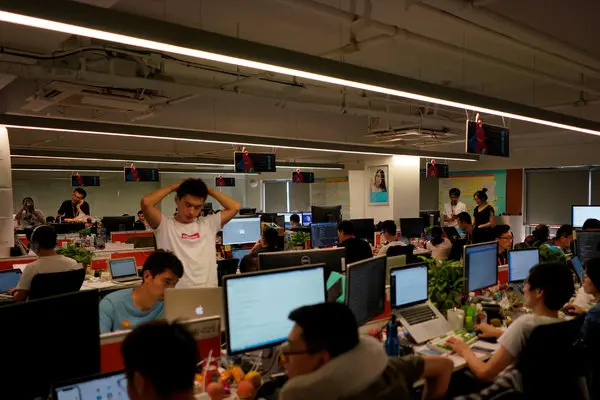
One-Minute Summary
Several leading Chinese companies are moving away from the “996” culture—working 9 a.m. to 9 p.m., six days a week—and introducing formal work-hour caps. Firms like Midea and Haier have introduced mandatory early leave policies (e.g., out by 6:20 p.m.), while others close offices at 9 p.m. to prevent overwork. This shift comes as part of both labour policy enforcement and growing cultural pushback against burnout.
3 Main Takeaways
- China’s tech and manufacturing giants are institutionalising shorter workdays.
- This reflects both compliance pressures and changing worker expectations.
- Work-life balance is gaining formal footing in mainland workplace policy.
Implications to HR
- Asia-wide expectations are shifting—HR in Hong Kong must reassess overtime norms and wellness frameworks.
- Formalising “shut-down” hours and protecting time-off can become new retention levers.
- This is a chance to lead with a wellbeing narrative—not just compliance.
What this means for you:
The anti-burnout wave in China is a preview of what’s to come across APAC. HR teams in Hong Kong should lead by example: integrate wellbeing KPIs into leadership evaluations, audit hidden overtime, and design roles that support energy—not just output. A healthier workforce is a more sustainable one.
Source: Reuters
4. Hang Seng Bank to Cut Jobs Amid Restructuring

One-Minute Summary
Hang Seng Bank, majority-owned by HSBC, has announced it will cut around 1% of its workforce—approximately 80 jobs—as part of a broader business restructuring. The initiative focuses on streamlining operations, reducing duplicate roles, and enhancing efficiency through digitalisation. While job cuts are expected, new internal roles will be created for affected employees to apply for. This move aligns with HSBC’s group-wide cost-cutting strategy, which aims to save US$1.8 billion by 2026.
3 Main Takeaways
- Hang Seng will reduce 1% of its staff, mostly in administrative roles, while opening new internal positions.
- The move is part of HSBC’s global efficiency drive, including technology investments and operational restructuring.
- This is Hang Seng’s first large-scale restructuring in years, reflecting a shift toward leaner and more tech-enabled operations.
Implications to HR
- Restructuring is no longer just a finance exercise—it’s an HR-led transformation. Clear redeployment pathways and capability mapping are critical.
- Talent teams must proactively identify roles at risk and pair affected employees with training or mobility options before morale declines.
- If done right, this is a chance to re-skill mid-career talent and pilot internal mobility models that could reduce future hiring needs.
What this means for you:
This restructuring signals a broader banking trend—HR teams must now act as strategic architects of workforce design, not just stewards of redundancy. Hang Seng’s approach to offering internal opportunities sets a precedent: layoffs should come with transparent transition support, reskilling paths, and timely communication. The opportunity? Use this moment to build long-term agility into your workforce model, where upskilling and internal moves replace costly exits.
Source: Reuters
5. Hong Kong Prepares for a Grand Homecoming as Mainland Firms Face US Delisting Threats
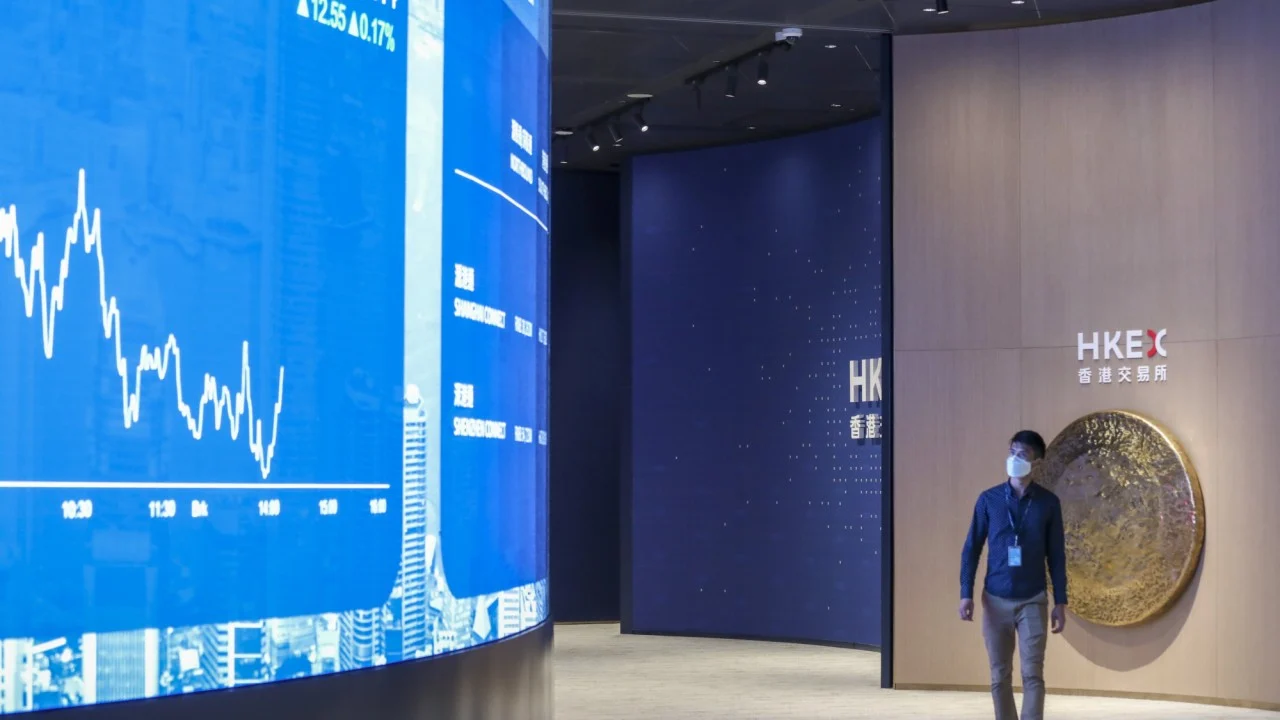
One-Minute Summary
Hong Kong is positioning itself as a refuge for mainland Chinese companies under threat of delisting from US stock exchanges. Following statements from US Treasury Secretary Scott Bessent in April 2025, indicating that “everything’s on the table” regarding the delisting of Chinese firms, approximately 286 mainland companies trading in the US are facing uncertainty. In response, Deloitte China CEO Patrick Tsang has proposed strategies to the Hong Kong Chief Executive’s Policy Unit to attract these companies, including simplifying listing procedures and securing funding to facilitate their transition to the Hong Kong Stock Exchange.
3 Main Takeaways
-
Approximately 286 mainland Chinese companies are at risk of US delisting, prompting them to consider alternative listing venues.
-
Hong Kong is proactively developing strategies to attract these firms, including regulatory simplifications and financial incentives.
-
This shift could significantly bolster Hong Kong’s financial markets and reinforce its status as a global financial hub.
Implications to HR
-
An influx of mainland firms may lead to increased demand for financial and compliance professionals in Hong Kong.
-
HR departments should prepare for cross-border talent integration, considering cultural and operational differences.
-
Opportunities arise for HR to lead in developing programs that facilitate smooth transitions for incoming companies and their employees.
What this means for you:
HR professionals should anticipate and prepare for the potential surge in recruitment and integration activities resulting from mainland firms relocating to Hong Kong. This includes understanding regulatory requirements, cultural nuances, and developing onboarding programs tailored to the needs of these companies. Proactive engagement and strategic planning will be key to successfully managing this transition and leveraging the opportunities it presents.
Source: SCMP
Want to stay on top of the latest HR trends, policy developments, and corporate response strategies every week?
Subscribe to the MixCare Weekly now — each week, we curate the five most important news stories in the industry to help you stay ahead in a rapidly changing market.
[formidable id=”9″ description=”1″]

